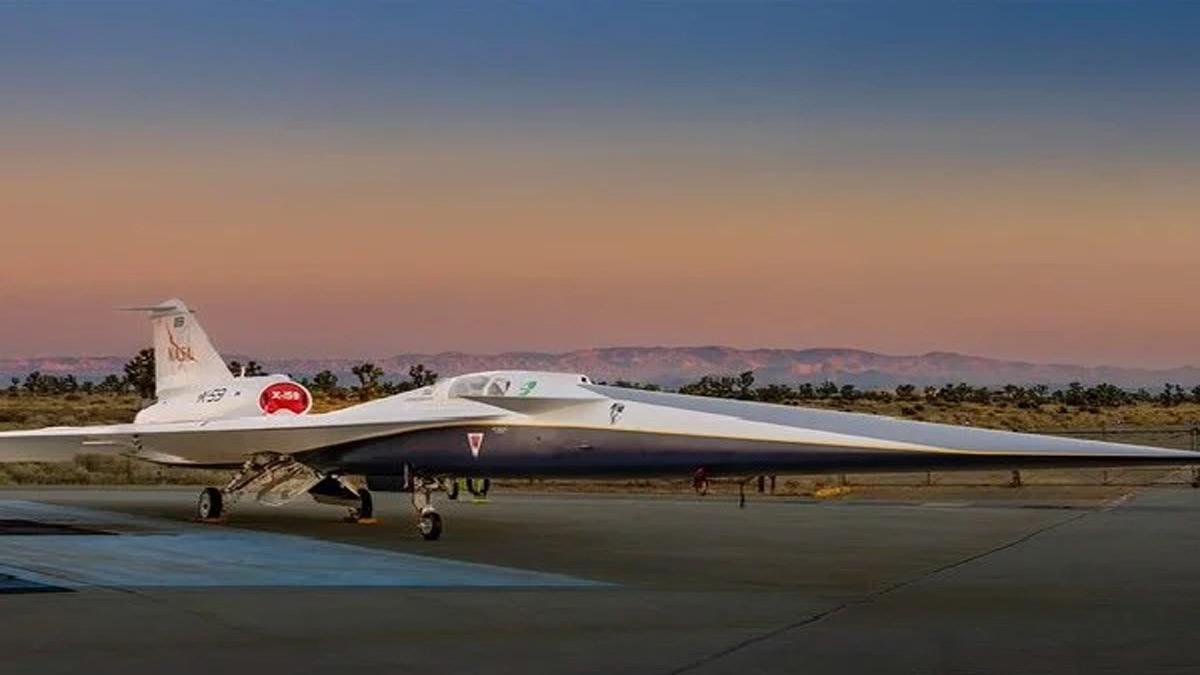NASA and aerospace giant Lockheed Martin have officially unveiled the X-59 quiet supersonic aircraft, marking a significant milestone in the quest for a new era of commercial planes capable of exceeding the speed of sound.
At the core of NASA's Quesst mission, the X-59 aims to provide crucial data to prompt a reevaluation of regulations prohibiting supersonic flight over land. For half a century, such flights have been restricted due to the disruptive sonic booms that startle communities below.
Anticipated to reach speeds of 1.4 times the speed of sound (925 mph), the X-59 incorporates innovative design, shaping, and technologies to minimize the sonic disturbance, as highlighted in NASA's statement released on Friday.
NASA Deputy Administrator Pam Melroy commended the collaborative effort, stating, "This is a major accomplishment made possible only through the hard work and ingenuity from NASA and the entire X-59 team. In just a few short years, we’ve gone from an ambitious concept to reality. NASA’s X-59 will help change the way we travel, bringing us closer together in much less time."
The maiden flight of the aircraft is scheduled for later this year, followed by its first quiet supersonic flight. Subsequent flight tests by the Quesst team will precede the transfer of the X-59 to NASA’s Armstrong Flight Research Center in Edwards, California, where it will be stationed.
Upon completing the flight tests, NASA plans to fly the aircraft over various U.S. cities to gather feedback on the noise levels and public perception of the X-59.
John Clark, Vice President and General Manager at Lockheed Martin Skunk Works, praised the collaborative effort, stating, "Across both teams, talented, dedicated, and passionate scientists, engineers, and production artisans have collaborated to develop and produce this aircraft."
Measuring 99.7 feet in length and 29.5 feet in width, the X-59's unique shape and technological advancements enable quiet supersonic flight. Its slender, tapered nose, constituting nearly a third of its length, is designed to disperse shock waves and prevent the typical sonic boom associated with supersonic aircraft.
The cockpit, situated almost halfway down the length of the aircraft, lacks a forward-facing window. With its engine mounted on top and a smooth underside, the X-59 aims to prevent shockwaves from converging behind the aircraft, thus mitigating the production of a sonic boom.
(With Agency Inputs)


















